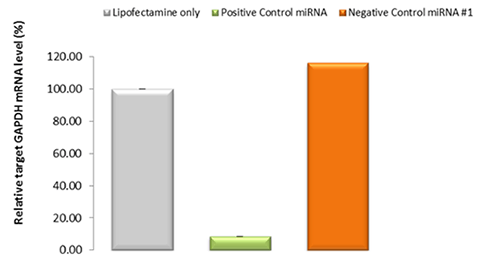Modification of siRNA is crucial for its wide application. The simplest method is using phosphoramidite to label the siRNA with its synthesizer.
If modification is needed on the 5’ position, labeling of phosphoramidite is carried out by binding after synthesizing the siRNA with the requested sequences.
3’-Modification is more complicated than 5’-modification. In this case, a solid support attached with the label is used during the siRNA synthesis process, allowing it to be labeled as it is made.
By using phosphoramidite with the label attached to the 5’ position of the deoxyuridine base, the label can be implanted on the desired position of the sequence resulting in synthesis of internal modified siRNA.
The following shows the examples of siRNA modification provided by our company.
• 5' Amine - 3' amine modification
• 5' Phosphorylation & 3' phosphorylation
• 5' Thiol - 3' Thiol Modification
• 5' Biotin - Internal Biotin-dT Modification
• 5' Fluorescein - 3' Fluorescein modification
• 3' TAMRA modification
We are also capable of providing about 100 types of modification including the ones shown above. For the full list, please check our homepage.




